I. Introduction
A. Harnessing the Power of Shade: Creating Outdoor Sanctuaries
Backyards, patios, and outdoor spaces offer opportunities for relaxation, entertaining guests, and enjoying the fresh air. However, excessive sunlight can disrupt these moments of leisure. Sail cloth shades emerge as a versatile solution, providing shade, protection from UV rays, and enhancing the aesthetics of outdoor living areas.
B. The Role of Sail Cloth Shades in Outdoor Living
Sail cloth shades act as physical barriers, filtering sunlight intensity and creating comfortable shaded areas. They offer various benefits for outdoor spaces:
-
Protection from UV Rays: Sail cloth shades reduce exposure to harmful ultraviolet (UV) radiation, minimizing the risk of sunburn and skin damage, allowing you to enjoy extended periods outdoors without worry.
-
Temperature Regulation: By blocking excessive sunlight, sail cloth shades help regulate outdoor temperatures, creating cooler and more comfortable spaces. This is especially beneficial for patios, decks, and play areas, allowing you to use these spaces for longer during the day.
-
Enhanced Aesthetics: Sail cloth shades add a stylish and decorative element to outdoor areas, complementing various design styles. With a wide range of colors and shapes available, you can create a unique and visually appealing outdoor space.
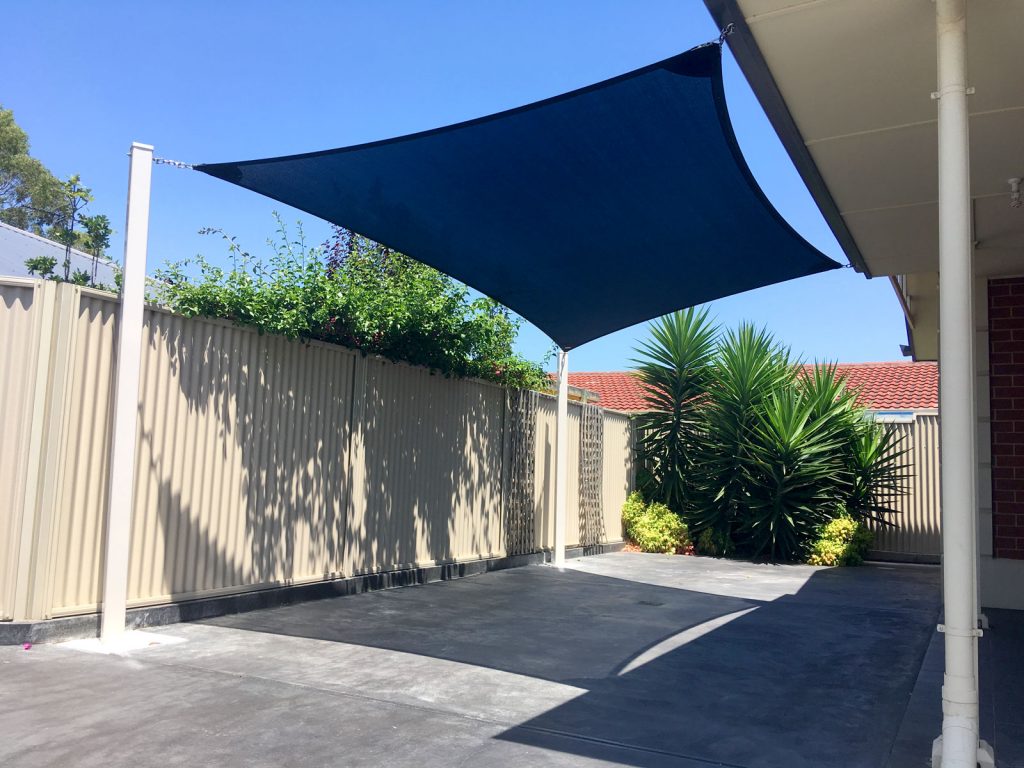
II. Understanding Sail Cloth Shades: Types, Materials, and Properties
A. Woven Sail Cloth Shades:
Woven sail cloth shades are constructed from tightly woven polyethylene or polypropylene fibers, offering durability, strength, and resistance to fading and mildew. They are ideal for permanent installations and can withstand harsh weather conditions. Woven sail cloth shades typically come in various shade percentages, ranging from 20% to 90%, providing a range of sun protection options.
B. Knitted Sail Cloth Shades:
Knitted sail cloth shades feature a looser open-knit construction, allowing for greater airflow while still providing effective shade. They are often preferred for areas with high humidity or for creating a more airy and diffused shade effect. While not as durable as woven shades, knitted sail cloth shades are lightweight and easier to handle.
C. HDPE (High-Density Polyethylene) Mesh Sail Cloth Shades:
HDPE mesh sail cloth shades are lightweight and breathable, making them ideal for windy areas or for creating temporary shade structures. They provide moderate shade levels, typically around 30-50%, and allow for some sunlight penetration. This can be beneficial for areas where you want some shade but also some sunlight exposure for plants.
D. Considerations for Material Selection:
-
Durability: Consider the climate and weather conditions in your area when choosing the material. Woven sail cloth shades are more durable for harsh weather, while knitted shades might be suitable for milder climates.
-
Shade Percentage: Select the appropriate shade percentage based on your desired level of sun protection and the needs of the area. For instance, a play area might require more shade (80-90%) than a partially shaded patio (50-60%).
-
Aesthetics: Choose a material and color that complements the overall design and style of your outdoor space. Sail cloth shades come in a variety of colors, from classic white and beige to vibrant blues and greens, allowing you to create a unique look.
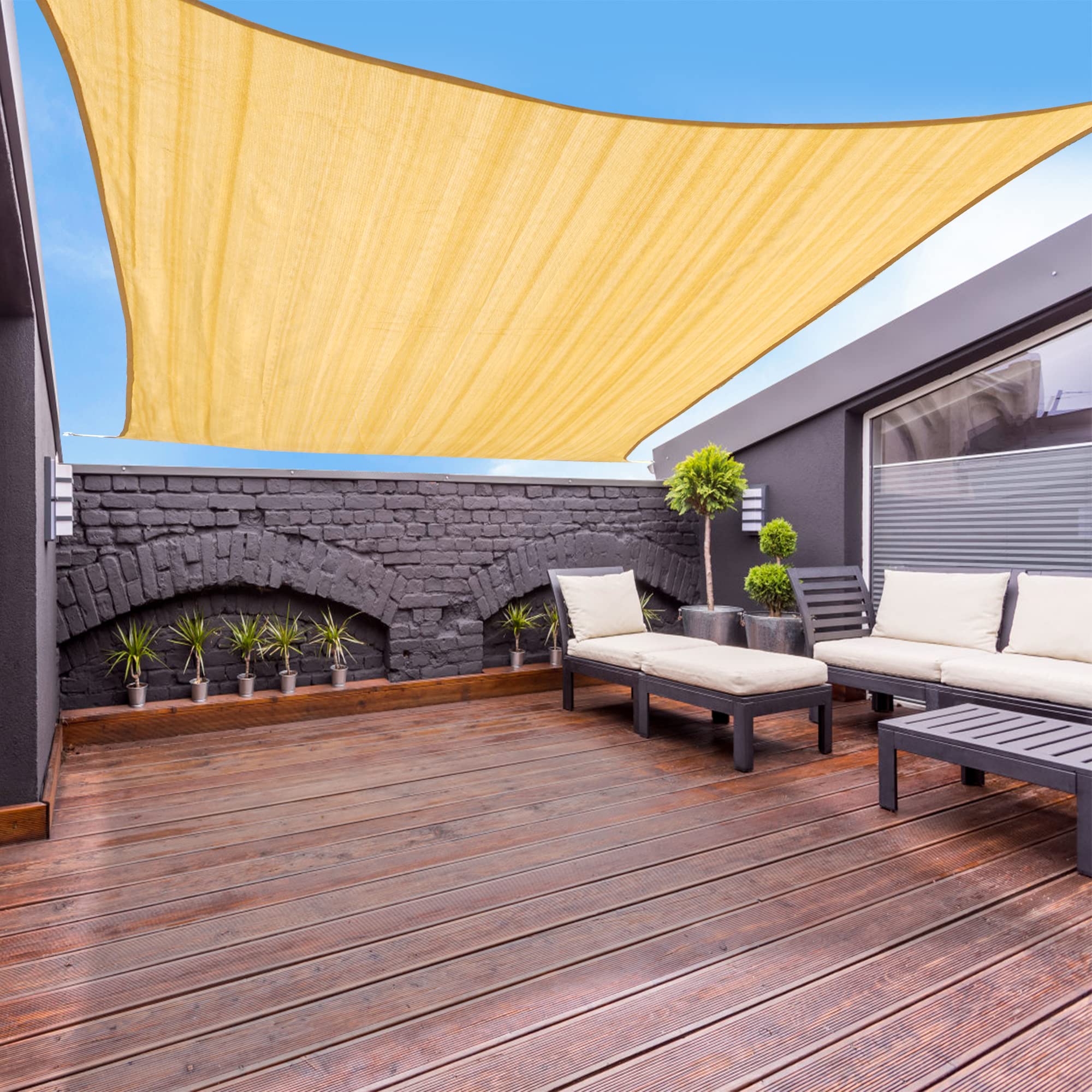
III. Selecting the Ideal Sail Cloth Shade for Your Outdoor Space: Matching Needs with Options
A. Assessing Outdoor Space Requirements:
-
Size and Shape: Measure the area to be shaded and determine the appropriate shape of the sail cloth shade. Consider triangular, square, or rectangular shapes. Triangular shades are versatile and can be configured in various ways, while square or rectangular shades are ideal for creating larger shaded areas.
-
Mounting Locations: Identify suitable mounting points for the shade cloth, such as existing structures, trees (with proper reinforcement), or specially installed posts. Ensure the mounting points can handle the weight and tension of the shade cloth.
-
Sun Exposure and Shade Needs: Evaluate the amount of sunlight the area receives throughout the day and determine the desired shade level. Consider the time of day you typically use the space and how much shade is needed for optimal comfort.
B. Considering Sail Cloth Shade Features:
-
Water Resistance: Choose a water-resistant or waterproof shade cloth if you live in an area with frequent rain. This will prevent water from pooling on the shade cloth and sagging.
-
UV Protection: Opt for a shade cloth with UV protection to ensure long-lasting durability and protection from harmful UV rays. Look for a shade cloth with a UPF (Ultraviolet Protection Factor) rating of 50+ for optimal protection.
-
Grommet Placement: Consider the grommet placement and spacing to ensure proper installation and secure attachment.
-
Even spacing of grommets around the perimeter of the shade cloth allows for even tension distribution.
-
Warranty: Check the warranty offered by the manufacturer. A longer warranty period indicates confidence in the product’s quality and durability.
C. Additional Tips:
-
Consult local regulations: Check with your local authorities for any restrictions or regulations regarding the installation of sail cloth shades. Permits might be required in some areas.
-
Seek professional assistance: If you’re unsure about installation or have complex mounting requirements, consider seeking assistance from a professional installer. They can ensure proper installation and safety measures are followed.
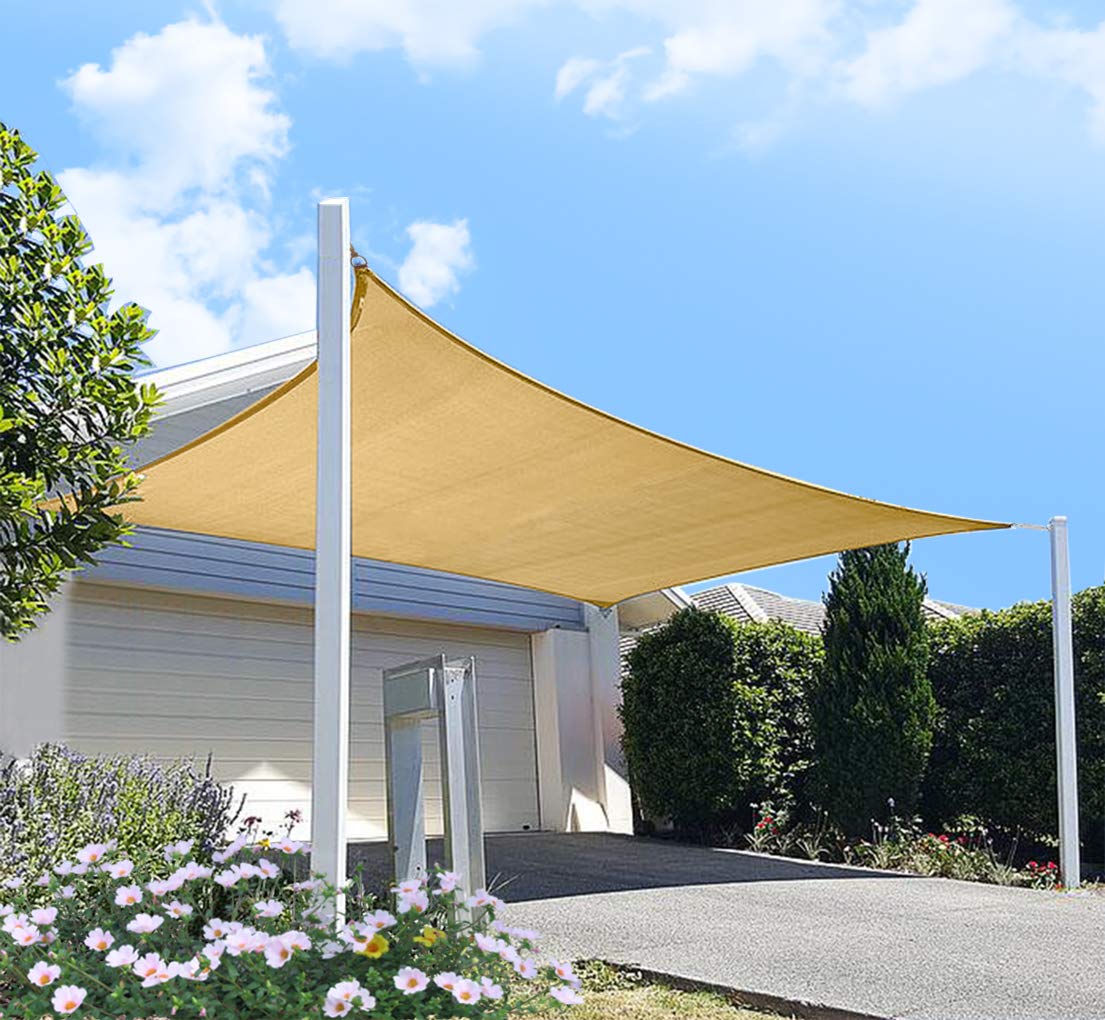
IV. Utilizing Sail Cloth Shades Effectively: Installation, Maintenance, and Tips
A. Proper Installation Techniques:
-
Secure Mountings: Use sturdy mounting hardware appropriate for the weight of the shade cloth and the chosen mounting points. Ensure all connections are secure to prevent the sail cloth from detaching in high winds.
-
Tensioning and Adjustment: Properly tension the shade cloth to prevent sagging and ensure a smooth appearance. Use tensioning turnbuckles or other appropriate hardware to adjust the tension as needed.
-
Water Drainage: Ensure the shade cloth has adequate drainage to prevent water from pooling and causing damage. Angling the shade slightly or choosing a water-permeable material can facilitate drainage.
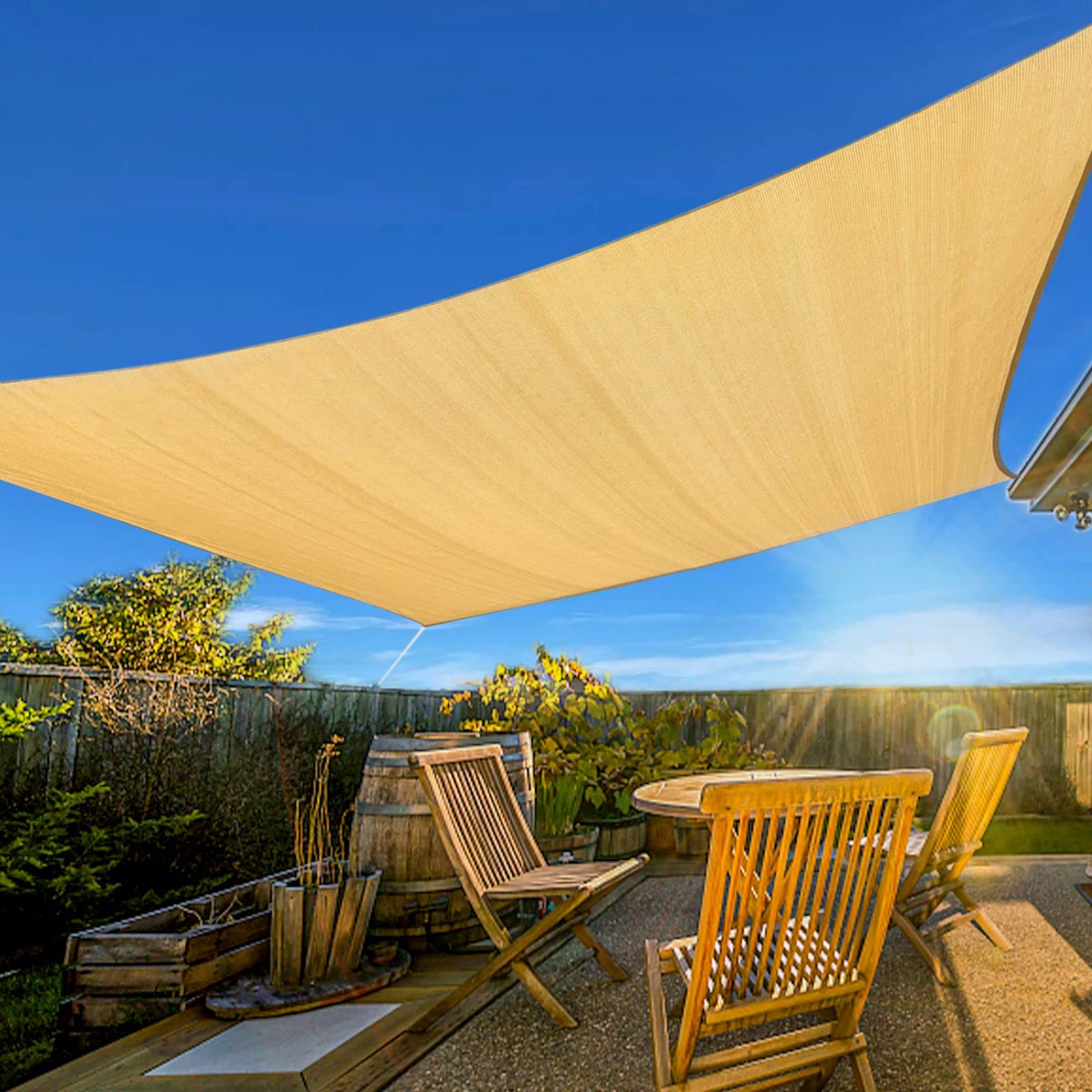
B. Regular Maintenance and Inspection:
-
Cleaning and Maintenance: Clean the shade cloth regularly to remove dirt, debris, and mildew. Follow the manufacturer’s cleaning instructions, which might involve mild soap and water or a specialized cleaning solution.
-
Inspection for Damage: Inspect the shade cloth periodically for tears, rips, or signs of wear and tear. Promptly replace or repair damaged sections to maintain the shade cloth’s integrity and prevent further deterioration.
-
Off-Season Storage: If you live in an area with harsh winters or experience strong winds, consider taking down the shade cloth during the off-season to protect it from extreme weather conditions. Store the shade cloth in a cool, dry place.
C. Additional Tips:
-
Use accessories: Consider using shade sail shade sleeves or corner protectors to add reinforcement to the grommets and prevent wear and tear.
-
Lighting for nighttime ambiance: String lights or solar-powered lights can be attached to the sail cloth shade to create a magical and inviting atmosphere for evening gatherings.
-
Multiple shade sails: For larger areas, consider using multiple sail cloth shades in different shapes and sizes to create a unique and visually appealing design.
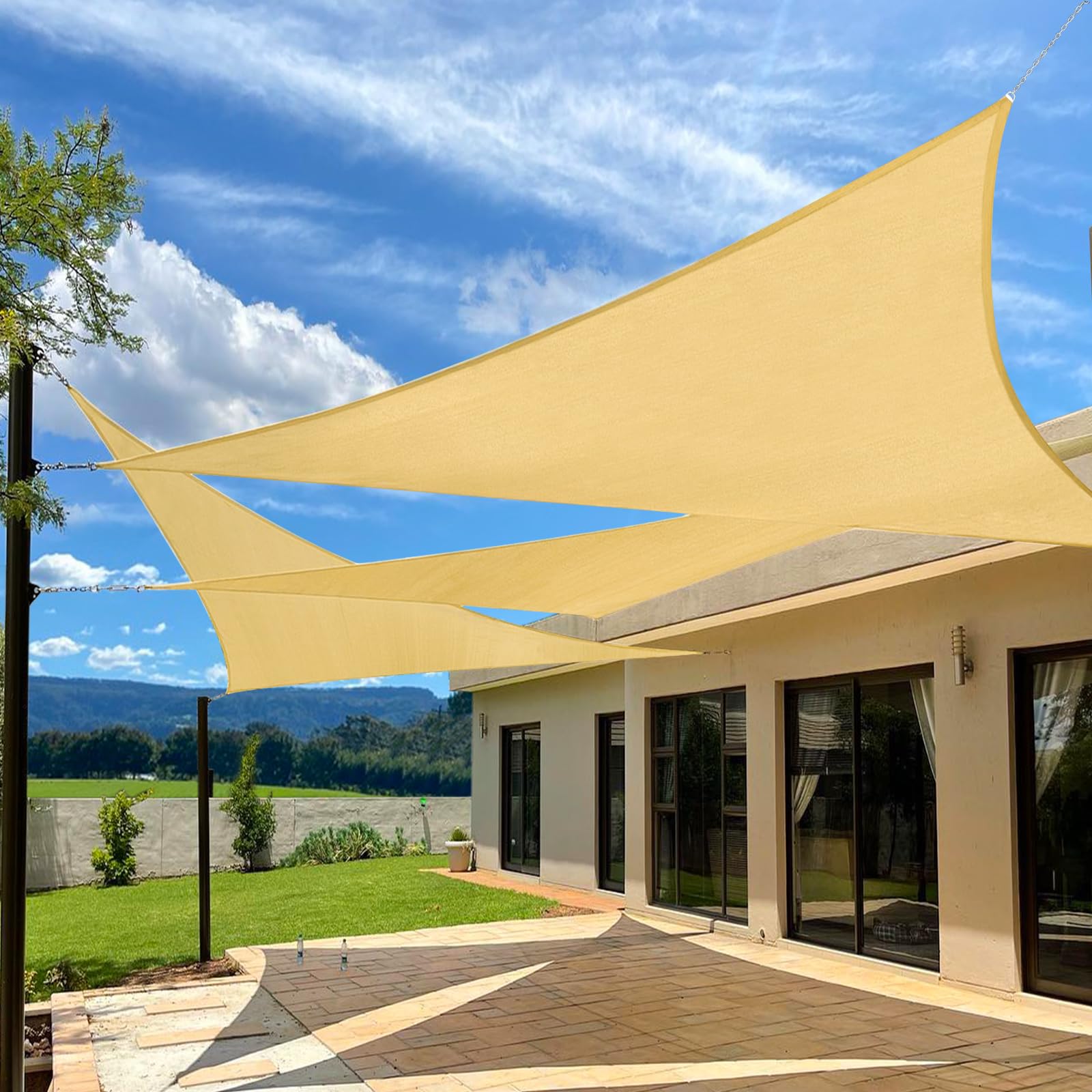
V. Conclusion
Sail cloth shades offer a practical and stylish solution for enhancing your outdoor living space. By understanding the different types of materials, selecting the right shade for your needs, and following proper installation and maintenance practices, you can create a comfortable and protected haven for relaxation, entertaining, and enjoying the outdoors.
-